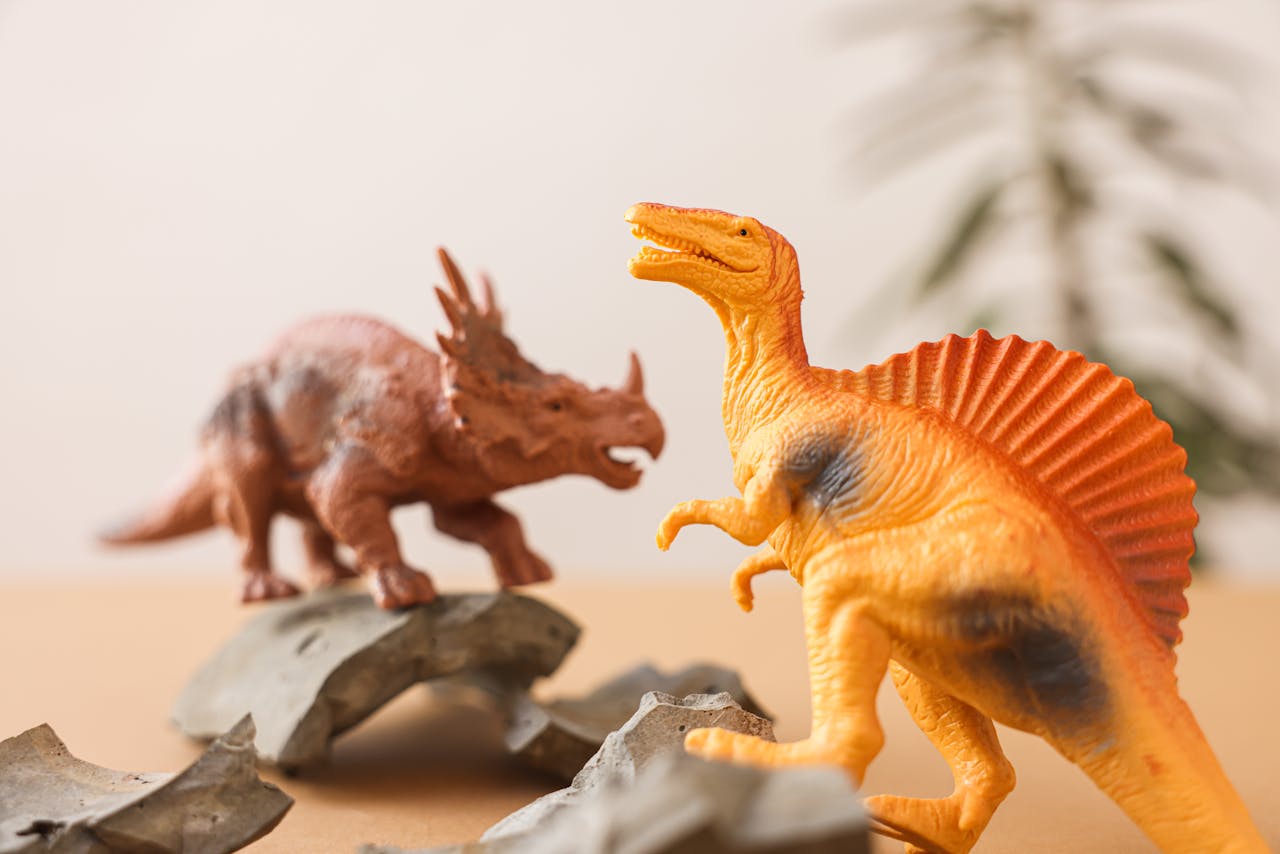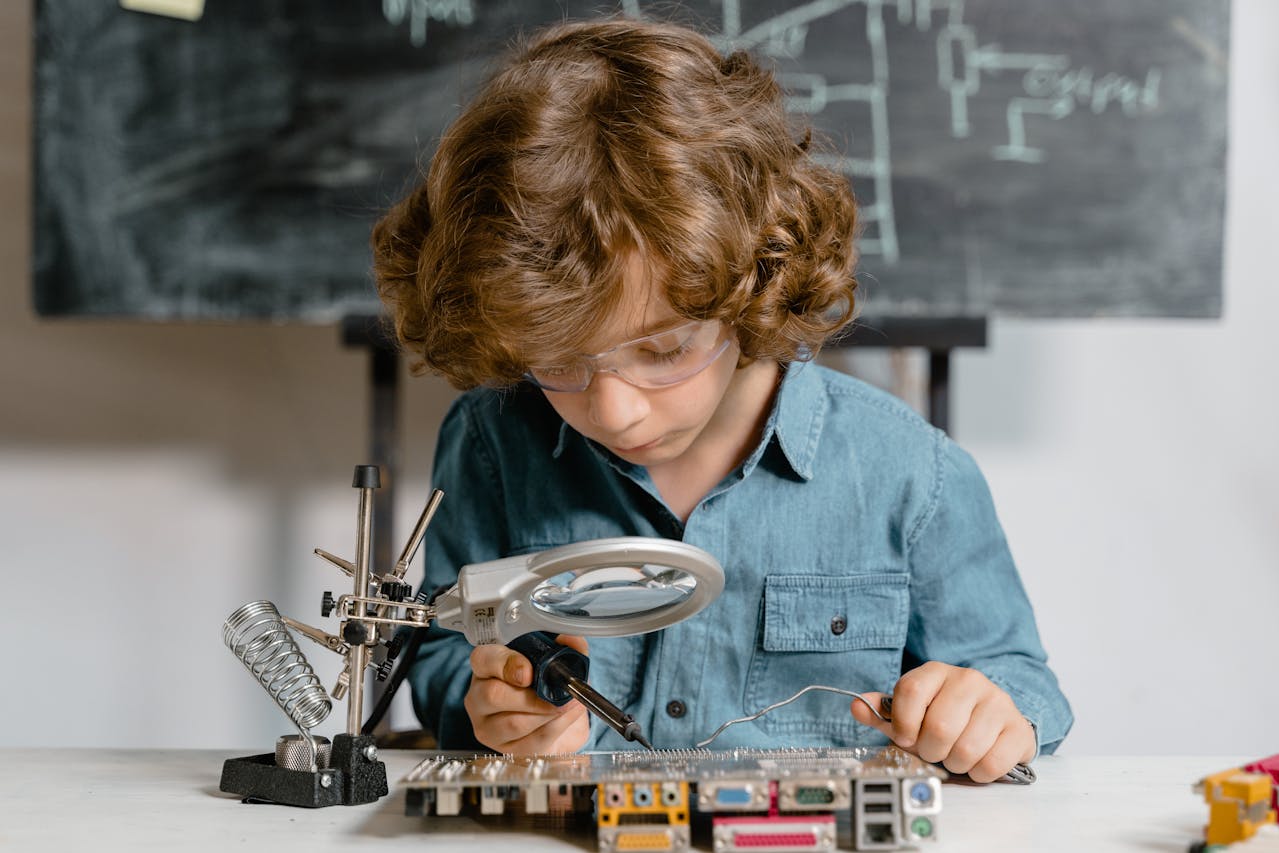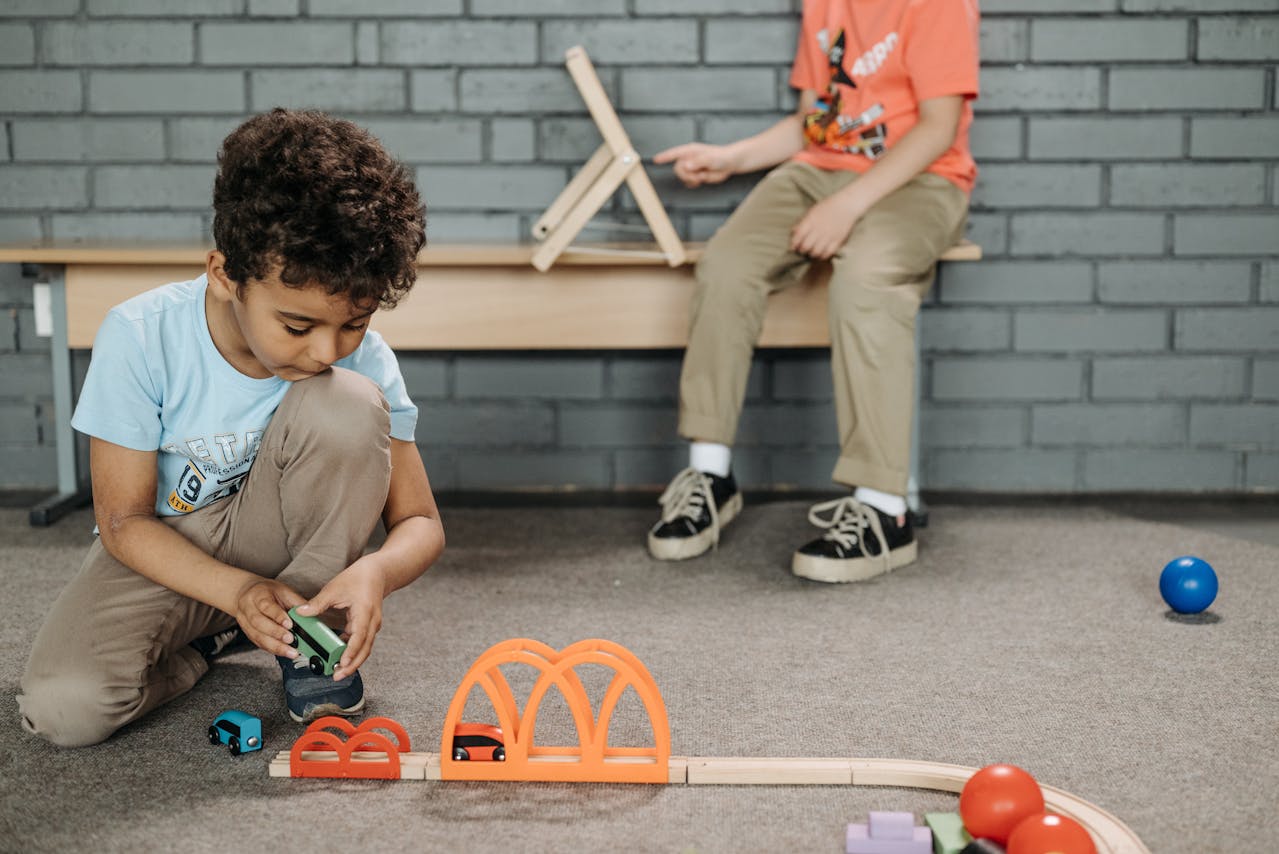“Play is the highest form of research.” — Albert Einstein
To the untrained eye, play may look like downtime—a break from learning. But for children, play is learning. Through play, they experiment, solve problems, express emotions, and make sense of the world. It’s not a pause from education; it’s the foundation of it.
At Museo dei Bambini, play isn’t treated as a reward—it’s the curriculum. Every exhibit invites curiosity, discovery, and joy. And behind each giggle or gasp of surprise, real cognitive growth is happening.
What Is Play-Based Learning?
Play-based learning is an approach that uses play as the primary context for learning. It’s guided by the idea that when children are free to explore, pretend, build, and move, they develop essential skills—often without even realizing it.
This kind of learning is:
- Child-initiated: driven by children’s interests and choices
- Process-oriented: focused on how children interact and think, not on outcomes
- Open-ended: with no “right” way to play or finish
- Joyful and engaging: because positive emotions enhance memory and motivation
Play-based learning is especially powerful in early childhood, when brain plasticity is highest and learning through doing is most effective.
The Research Behind Learning Through Play
Play isn’t just fun—it’s neurologically essential. According to a study by the Harvard Center on the Developing Child, play builds executive function skills such as working memory, self-regulation, and flexible thinking. These are the mental muscles that children use for planning, focusing, and problem-solving.
🔗 Harvard – The Science of Play
Another study from the LEGO Foundation found that play-based learning improves literacy, numeracy, and emotional well-being—especially when children are supported by caring adults who value the process.
🔗 LEGO Foundation – Learning Through Play
And in a landmark 2018 report, the American Academy of Pediatrics recommended “prescription for play,” citing strong evidence that play supports brain development and reduces stress in children.
🔗 AAP – The Power of Play
Play in Action at Museo dei Bambini
The museum is built on the belief that meaningful play leads to meaningful learning. Our exhibits are designed to engage the whole child—mind, body, and heart.
Yes Zone — Permission to Be Loud, Silly, and Free
In the Yes Zone, children are encouraged to jump, laugh, spin, and test boundaries in a safe, supervised space. This kind of physical, social, unstructured play is vital for emotional regulation and confidence. It gives kids what they crave most: freedom to be themselves.
Funny Faces — Expressive, Emotional Play
This exhibit features distorted mirrors, spinning eyes, and movable face parts that let children create their own silly expressions. It’s not just for laughs—children explore facial cues, emotions, and symmetry. For younger children especially, it’s a way to begin identifying and managing feelings.
Captain’s Wheel — Pretend and Perspective-Taking
Children steer a giant ship’s wheel and shout commands. One child is the captain, others become crew, sea creatures, or clouds. Pretend play like this helps children understand roles, practice language, and develop empathy—key building blocks for social-emotional learning.
Domino Drop — Anticipation and Cause & Effect
Children line up giant dominos and gleefully watch them topple. They experiment with spacing, weight, and height—often without realizing they’re learning about force, balance, and chain reactions. It’s pure play, but also early engineering.
Pull & Lift — Muscle Meets Mind
This exhibit invites children to pull ropes, lift weights, and test levers. The physicality keeps their attention, while the underlying principles—mechanics, force, tension—make for sneaky science. Repeated attempts and trial-and-error build both understanding and resilience.
What Educators Observe
“Children use play to rehearse life,” says Dr. Elisa Conti, an early childhood educator and play advocate based in Milan. “Through play, they test ideas, resolve conflicts, and build emotional strength. It’s where they do their deepest thinking.”
Museum educators often point out that children don’t need instructions—they just do. And in that doing, we see problem-solving, cooperation, concentration, and creativity. “One child spent 20 minutes perfecting a domino line,” said a facilitator. “He didn’t want help—he wanted to figure it out. That’s real focus.”
What the Research Tells Us
A 2020 study in Nature Human Behaviour found that play improves cognitive flexibility and learning adaptability. Children who had more time for unstructured play were better at shifting tasks and generating new ideas.
🔗 Play and Learning Flexibility – Nature Human Behaviour
Other studies show that play-based environments help children develop stronger oral language skills, as they describe their actions, negotiate with peers, and tell stories.
🔗 Play and Language Development – SAGE Journals
What Families Experience
Parents often comment on how deeply their children engage with playful exhibits. “My son didn’t want to leave the Pull & Lift station,” said one parent. “He kept saying, ‘One more try—I almost got it!’ That persistence? I don’t even see that with homework.”
Another parent shared, “The Captain’s Wheel sparked a whole game that lasted hours at home. They were still pretending they were at sea days later.”
When play is meaningful, it doesn’t end when the visit ends. It echoes through imagination, storytelling, and family life.
Why Play-Based Learning Matters
In a world that often rushes children toward “real learning,” play reminds us that joy and discovery are the real foundation. Through play, children build brain pathways, emotional strength, and social skills—without losing their sense of wonder.
Play isn’t a distraction from learning. It is learning. And when adults respect it, protect it, and participate in it, the learning gets even richer.
You can support play-based learning at home by giving children time, space, and permission to follow their ideas—even if it looks silly or chaotic. Ask questions like “What are you building?” or “What will happen next?” and let them lead the way.
Want to Learn More?
🔗 Harvard Center on the Developing Child – The Science of Play
🔗 The LEGO Foundation – Playful Learning
🔗 AAP – The Power of Play in Childhood Development
🔗 Play and Learning – Nature Human Behaviour



